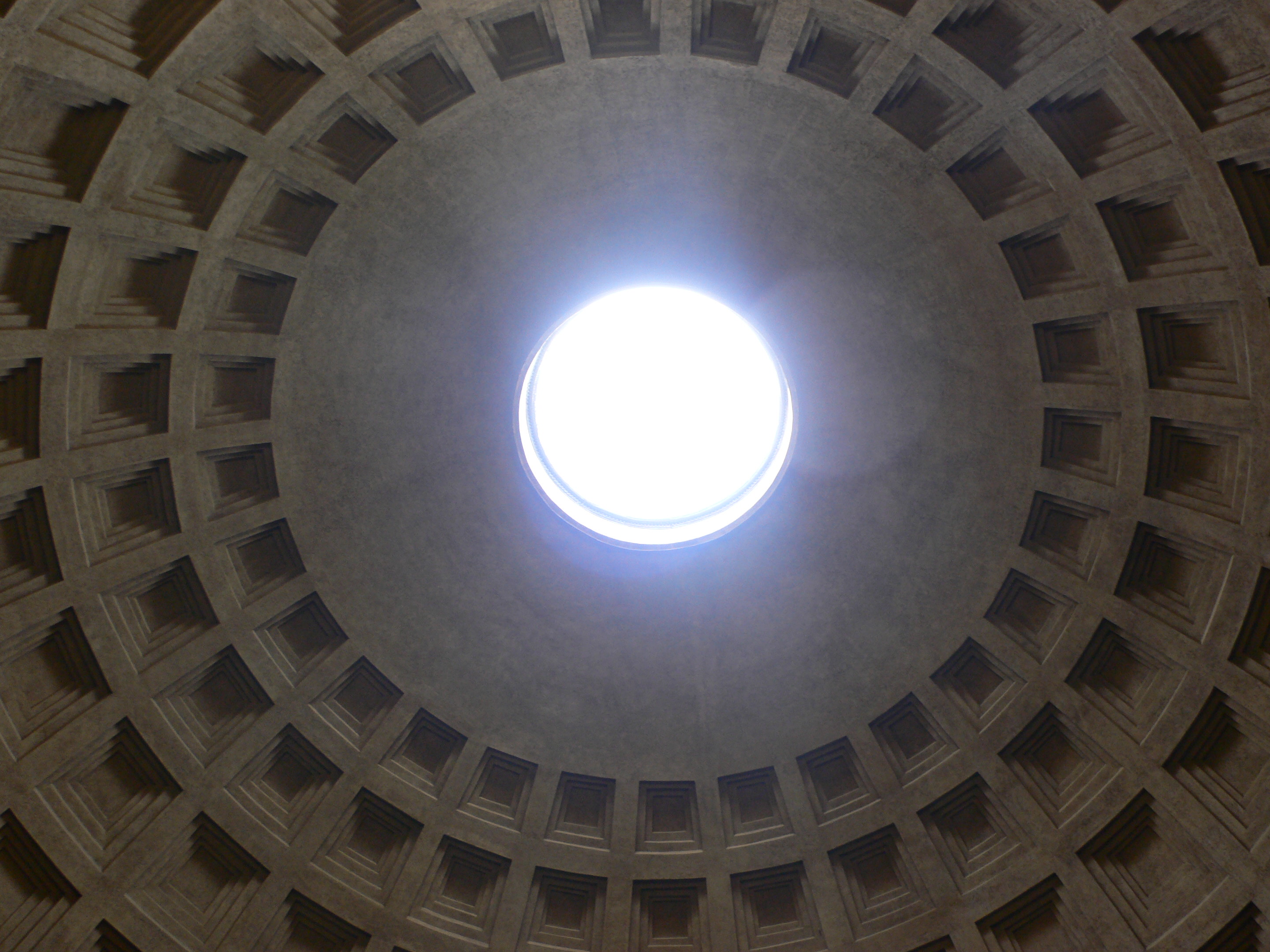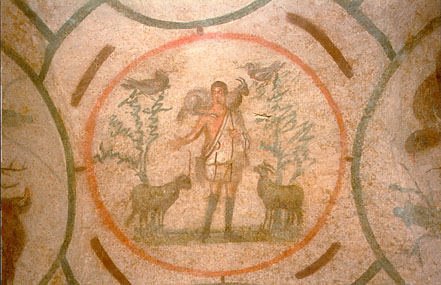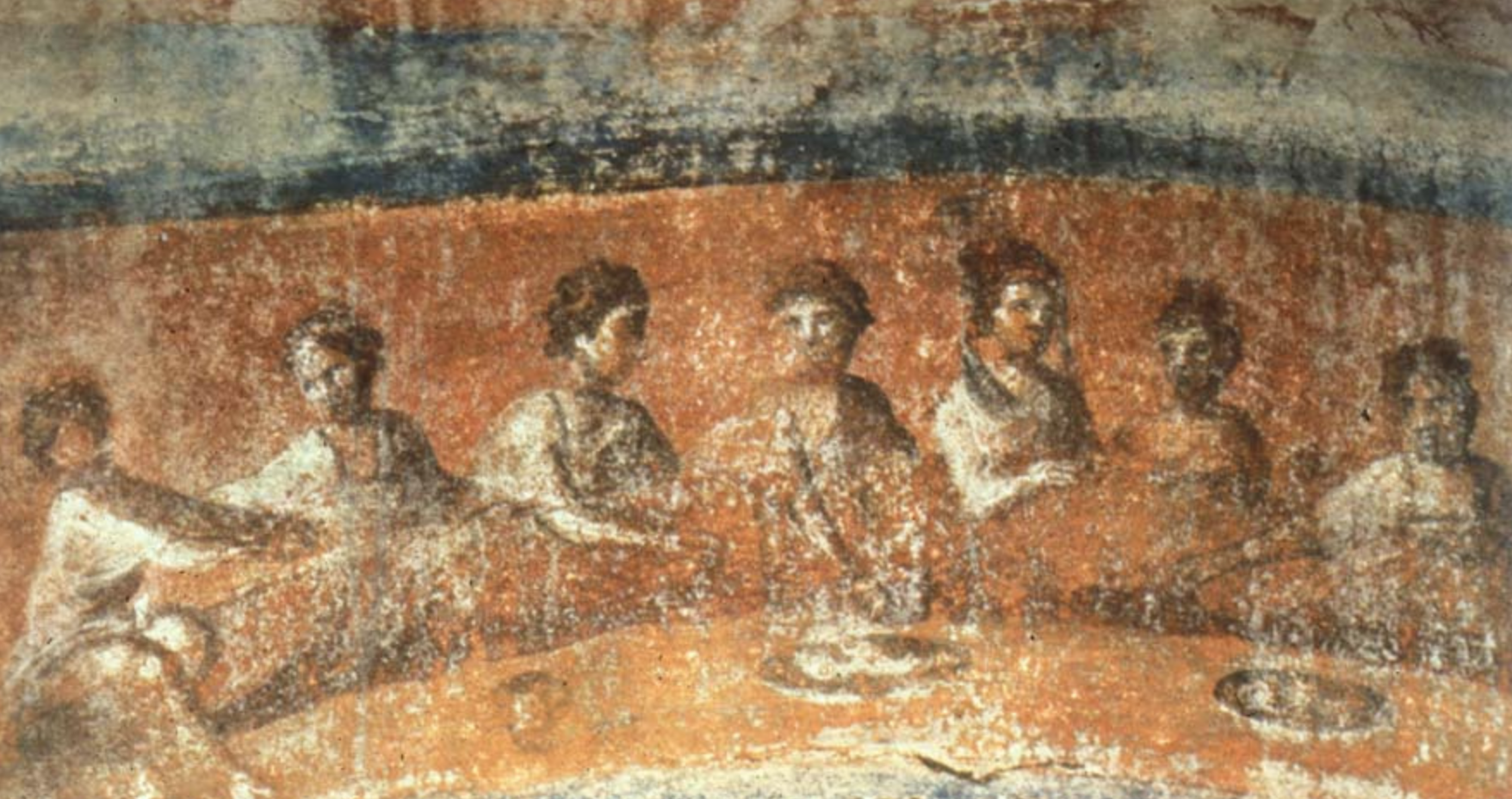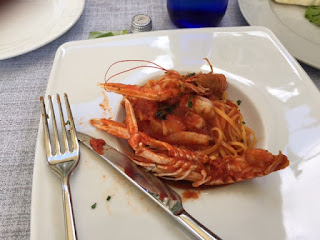Bk. III of Aristotle's Politics contains the famous passage concerning the
forms and cycles of political regimes. I would like to focus on how Aristotle’s
analysis is at the same time historical, conceptual, and predictive in nature.
1 Experience
and Structure
His analysis is historical in the sense that it
draws from accounts, stories, poems, and contemporary experience as being
legitimate sources for data. We see him citing Homer, as well as accounts of
political life in Sparta and Syracuse, and even analogies drawn from the
practice of other arts like medicine. This forms the empirical element of
Aristotle’s science of politics and we should note that unlike the ‘raw data’
of our modern physical or social sciences, for Aristotle the relevant data is
already formed and informed within concrete genres of story-telling, travel
literature, and the practical wisdom of day-to-day problem solving. But what
governs this accumulation and relevance of this data?
I would offer that what guides Aristotle’s selection
of data is the same principle which allows him to conceptualize it. Namely, the
specific question he wants to answer about human organization. Ultimately, Bk.
IV will take up the question of the ideal regime, but the comprehensive search
for and comparison of political models is a natural prerequisite to this
question. For Aristotle, the study of Greek constitutions is primarily a study
of organizational models because ultimately the two are convertible realities.
“So we are back again with law, for organization is law.”(ἡ γὰρ τάξις νόμος)
These forms of organization are subjected to dialectical questioning which
range from the weighing the relative merits of written laws or personal
sovereignty, to the question of personal and communal vulnerability to
corruption.
In the course of answering these questions, he
presents reasons why he thinks some regimes are likely to follow others in way
which is also historically viable. The prevalence of monarchy in ancient times
is ascribed to the scarcity of virtuous men. When enough good men were living
in the city, they demanded a more communal model or an aristocracy. From there
we have the familiar list of aristocracy to oligarchy, oligarchy to tyranny,
and tyranny to democracy. Each model or constitution has a degraded and noble
form. But the particular degradations and successions of constitution do not
happen randomly in Aristotle’s account. Each structure contains unique
vulnerabilities that make the manner of its demise likely to happen in specific
manner and likely to bring forth a specific alternative model.
My contention is that Aristotle intends this passage
not as Just-So story for the purposes of historical reconstruction but as an
explanatory schema for understanding and predicting the causes of political
realities. I think that just as we understand the Nicomachean Ethics as theoretical elaboration meant to direct
concrete ethical action, so also we should take the Politics as a unified theory for the sake of political action. I
would even go so far as to call this passage an account of the laws of
historical development inherent in political forms. These are not laws in the
sense of geometrical demonstrations, but laws in the sense of directive
tendencies inherent in organizational forms. As mentioned before, for Aristotle
laws, constitutions, and organizations, and forms are convertible realities
because they are reducible to various types of intelligibility. “Hence law is
intelligence without appetition.”( διόπερ ἄνευ ὀρέξεως νοῦς ὁ νόμος ἐστίν)
2 Political
Structure and Economics
Focusing on the transition from aristocracy for a
moment, we find Aristotle’ account to be very specific.
But
the good men did not remain good: they began to make money out of that which
was the common property of all. And to some such development we may plausibly
ascribe the origin of oligarchies, since men made wealth a thing of honor.
This should lead us to recall from Bk. I both the
distinction between use-value and exchange-value as well as the distinction
between managing the goods of the household and the art of acquiring wealth.
Aristotle locates the downfall of aristocracy to be precisely this shift from
valuing goods for concrete purposes to the valuing of wealth for its own sake.
It is at the same time an ethical and political judgement. The things that are
good are also the things that are necessary for political stability “for the
struggle to get rich tended to reduce numbers” i.e. wealth was extremely
concentrated in the hands of a few “and so increased the power of the
multitude, who rose up and formed democracies.”
Aristotle thought that history contained the
elements necessary for philosophical analysis of political structures. In turn,
the material conditions these structures engender (concentrations of wealth,
inequality, etc) have a natural directedness which we can use for predictive
purposes. This, I think, should lead us to a greater appreciation for the
Aristotelian roots of Karl Marx’s treatment of political economy. The secondary
literature on this subject is wide-ranging (see Scott Meikle or Karl Polanyi) but
even more importantly, Marx himself makes explicit use of Aristotle whom he
calls the greatest of ancient philosophers. We must understand his approach of
dialectical historical materialism within the tradition of Aristotle’s
treatment of the sciences. The laws of
history are, as in Aristotle, an analysis of social forms. It is no more
deterministic to talk of the general law of accumulation in capitalism than it
is to identify a structural vulnerability to wealth-accumulation in
aristocracy. Materialism, when understood as primarily being defined by
organization, law, and form, does not remove human agency, but rather allows
the human spirit to enter the ethical and political realm with greater purpose
and understanding.


















































